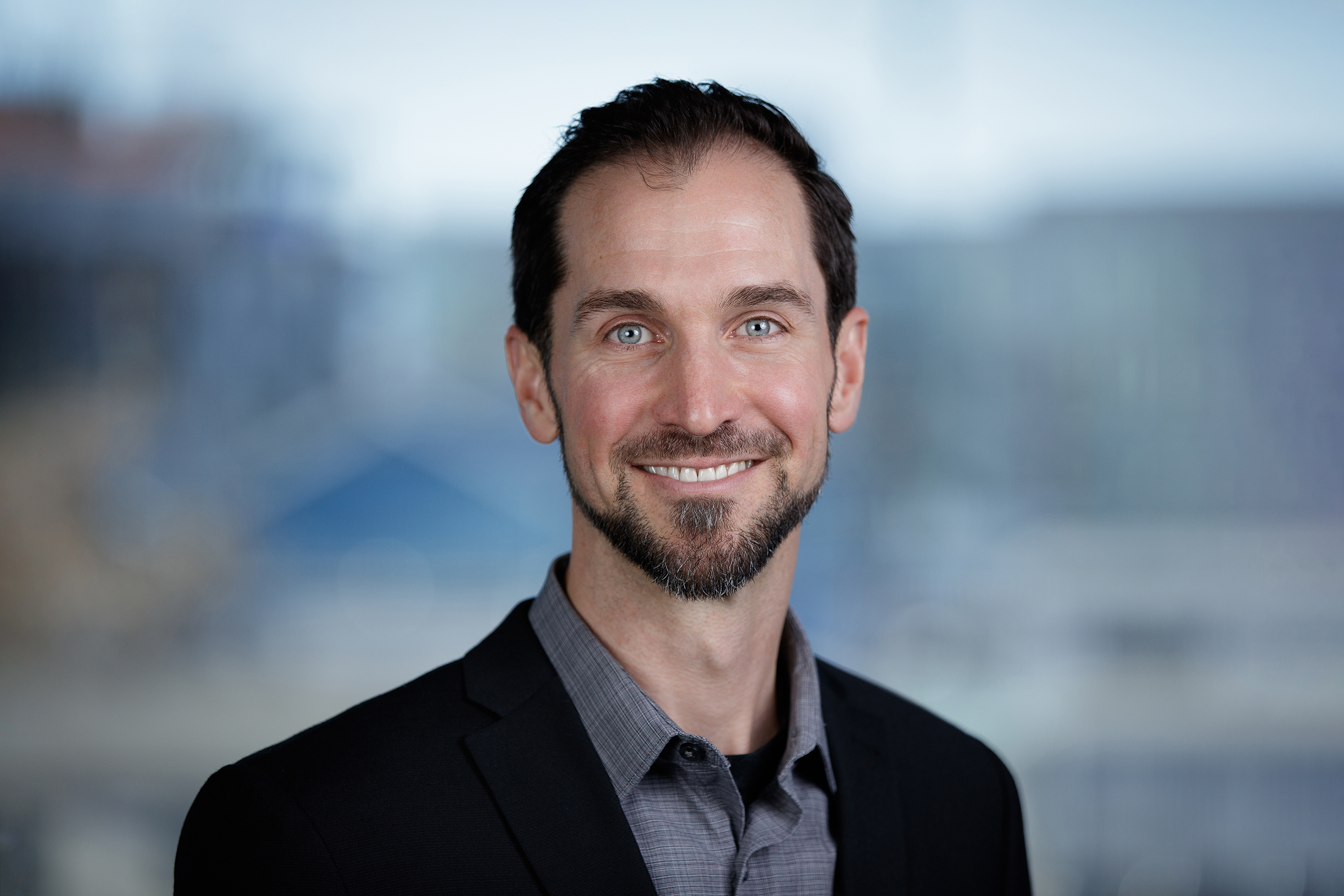Kyle Millar, AIA, NCARB, principal in KTGY’s Denver office, has an architectural background largely focused on the technical phases from design development through construction. He primarily works within a variety of high-density residential projects ranging from 3-story walk-ups to mid-rise. His passion lies in turning design concepts into realities by producing creative, pragmatic, enduring and comprehensive design solutions. Kyle embraces collaboration with his design teams, clients and contractors to build long-term relationships along the way. He also oversees the Quality Control (QA/QC) program for KTGY.
How were you first introduced to affordable housing?
Just before the Great Recession, when the rest of the building industry came to a halt, we started working with an affordable developer that eventually became one of our biggest clients. After some unfortunate but necessary restructuring, more affordable projects started landing on my desk. I was pleasantly surprised by how much I enjoyed this work, largely because it gave me more exposure to the entire development process. I learned a lot. Before long, I was making connections with end-users, asset managers, politicians and stakeholders that allowed me to gain a deeper understanding of affordable housing.
What drives your passion for affordable housing design?
I believe that everyone deserves a chance. We all play the cards we’re dealt, but some people get a bad hand. I’m compassionate to those less fortunate because everyone should be able to have their fundamental needs met, whether by their own means or with a helping hand. Shelter, safety, clean water, a place to cook, bathe and sleep — the necessities that are easy to take for granted can have an incredible impact on other people, families and future generations. Without a solid foundation, many will struggle to realize their potential and find a fulfilling life.
What are some things that may surprise people about affordable housing?
Laypeople might conflate “affordable” housing with “inexpensive” or “inferior.” This attitude is antithetical to the work we do to create places that are supportive, inclusive and equitable. It’s true that there is a focus on addressing needs, but there is also a minimum standard of functionality and aesthetics that, on many levels, is comparable to market rate communities. If the design exudes equity, then its positive impact will be felt by many, especially the residents.
Another surprise could be that affordable projects don’t always come at a lower construction cost. Durability and sustainability are a top priority in affordable design, often leading us to use premium materials and systems that come with higher up-front costs, but better long-term performance. Affordable developments may also let us explore alternative structural systems and/or construction methods. These projects often earn extra attention and can be an opportunity to demonstrate what’s possible for the rest of the building industry.
What is your favorite part of the design process?
The construction phase. I’ve always been fascinated with gaining an understanding of how things are built. Everything leading up to construction is theoretical, but this is where our designs become tangible. There’s a lot of gratification in seeing the incremental progress. Yes, it’s dusty and stressful, and things don’t always go according to plan. We need to think on the fly, make adjustments and do whatever it takes to keep the wheels in motion. It’s a grind. However, this environment creates energy, excitement and collaboration between the owner, architect and general contractor teams. All three entities need to lean on each other and work together, which develops respect, comradery and great relationships.
Getting my hands dirty with my own construction projects has helped tremendously in giving me a holistic understanding of how things get built. I’ve learned that even brilliant design falls short if it cannot be well-executed. Firsthand experience with construction and financial limitations has taught me not just to design within realistic expectations, but also to know when and where to push the envelope.
How much of an emphasis do you put on sustainability in the design process?
Not every project is going to be a moonshot where we get to flex our design muscles and go after every sustainable feature. It’s on us to develop a comprehensive internal knowledgebase and implement the right measures for each opportunity. Policy and codes have already set a pretty high baseline for sustainability, but, as an industry, we can do more. The key is to find what makes the most sense and spend dollars where they have the biggest impact. Change starts with educating ourselves, our clients and staying current in this rapidly evolving space. To help with this effort, we’ve recently brought on a director of sustainability. We still partner with many outside sustainability consultants, and will continue to do so, but bringing this expertise in-house allows KTGY to add value, be more proactive, intentional and consistent in our approach to sustainability.
At the end of the day, architects have a contractual obligation to execute our client’s vision. Some clients want to push sustainability further than others, but if we prove how we can take it further without compromise, without adding significant cost, or as a function of good design, then we can move the ball forward.









